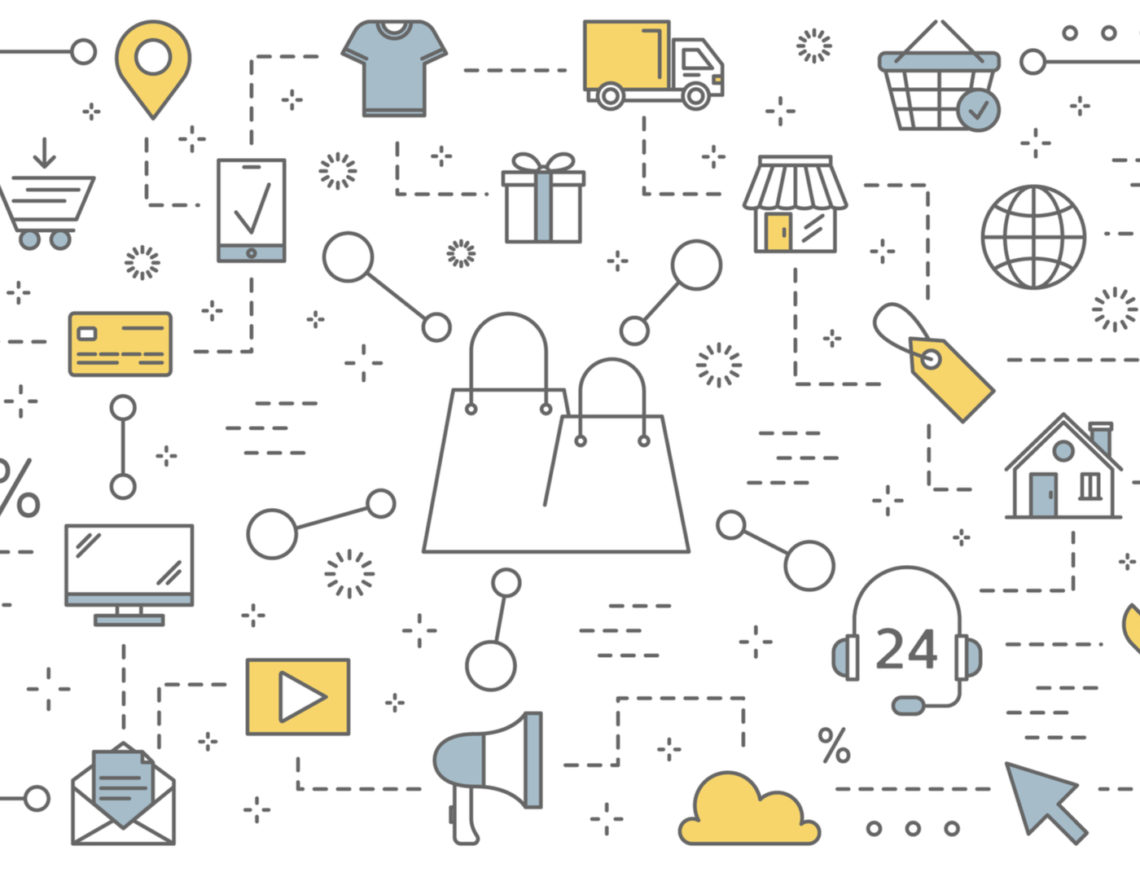
CIOs: Note These 7 Retail Trends as You Advise the Business on IT Investments
The COVID-19 pandemic significantly disrupted the world of retail necessitating accelerated digital transformation. Retailers around the globe were forced to rapidly reassess business models and operations to serve a customer base that was newly offsite and hands-free. Like many retail IT trends, this translated to retailers creating flexible solutions at scale with unprecedented speed to meet customer needs — and to survive.
Retailers with established digital systems had the greatest pandemic defense already in place. Those with more traditional models reliant on foot traffic struggled mightily during global shutdowns that changed consumer needs and expectations. To continue to survive, and thrive, each must continue to adapt their strategies for agility and resiliency while maintaining programs, services, and staff.
Through it all, technology has been a lifeline. As the post-pandemic economy emerges, it is critical for retailers to continue advancing digital transformation to unlock market insights, fund innovation, drive growth, and keep delivering the innovative, omnichannel experiences that customers now demand.
In its recent report, Top Trends in Retail Digital Transformation and Innovation for 2021, Gartner has identified seven key retail IT trends that can help inform retail strategy and IT spending moving forward. While some trends were previously evident, the global pandemic has dramatically heightened several that are vital to retail success.
Post-pandemic, and still by necessity, retailers will continue to lead the way on digital transformation. Retail CIOs who acknowledge Gartner’s retail trends and actively seek ways to integrate them, fulfill them, or innovate around them through strategic IT investment can help grow customer loyalty and build even stronger relationships with associates, suppliers, and partners. Importantly, Gartner reminds retailers:
“Note that for the foreseeable future, changes in consumer behavior — which impact and are impacted by all the trends we’ve identified — will have a greater impact on value in
retail than any other single factor.”
Gartner’s Seven Trends
Gartner segments its seven retail trends into two categories: People Centricity and Operational Excellence.
For each trend, Gartner identifies several implications and concrete action steps for retailers. Specific examples of retailer success during the pandemic, across a variety of industries, are included throughout the report. Sample implications for each of Gartner’s seven retail trends follow. For the complete analysis and all insights and action recommendations,
Inside the Seven Trends: Sample Implications
Trend 1: Touchless Interactions
Implication: “Retailers’ technology implementations must enable touchless interactions across all major customer shopping processes: search, transact, acquire and consume.”
Trend 2: Fulfillment Execution
Implication: “Retailers must expect lasting postpandemic demand for greater online purchasing with timely acquisition.”
Trend 3: Algorithmic Merchandising Optimization
Implications: “Inventory is typically a retailer’s largest single expense. … A key element of improved merchandising performance is the use of sophisticated data and analytics tools.”
Trend 4: Associate Enablement and Effectiveness
Implication: “Investments in retail digital workplaces — particularly those in physical-store environments — have been shown to grow sales and increase profits, creating a virtuous cycle of investment in the workforce and creating significant competitive advantage over time.”
Trend 5: Collaborative Ecosystems
Implications: “COVID-19 has caused rapid upticks in digital adoption across retail segments, even in traditionally underpenetrated segments such as grocery. … Many retailers have struggled to respond quickly and accurately to this rapidly escalating demand for online fulfillment.”
Trend 6: Cost Optimization
Implication: “Gartner has identified four critical elements to consider when developing cost optimization strategies: fulfillment execution, merchandising optimization, labor efficiency, and organizational transparency.”
Trend 7: Values-Driven Consumption
Implication: “Values-based consumption is clearly coming more to the fore in consumers’ purchasing behaviors, and retailers have a growing need to satisfy this demand.”
Continue Your Digital Transformation
For detailed recommendations on how to continue to refine your retail strategies, models, and IT investments through the end of the pandemic and beyond, see the Gartner report, Top Trends in Retail Digital Transformation and Innovation for 2021.
In the report, a discussion of why cost optimization is one of the seven trends (#6 specifically), Gartner states:
“Cost optimization is one of the primary ways that businesses have responded to the crisis. It’s a key contributor to helping keep businesses afloat during these unprecedented times, and it’s becoming a major pillar in many retailers’ ‘reopening playbooks’ and operating models.”
Learn about the proven cost optimization strategy of freeing up funds for top- and bottom-line retail impact through third-party enterprise software support.
And read how five retailers switched to third-party support to help drive measurable business success in the eBook, “Retailers Gaining Operational Efficiency and Funding Digital Transformation.”
Reference: Gartner, Inc. “Top Trends in Retail Digital Transformation and Innovation for 2021.” February 5, 2021, Kelsie Marian, Miriam Burt, Max Hammond, Hanna Karki, Robert Hetu, Sandeep Unni